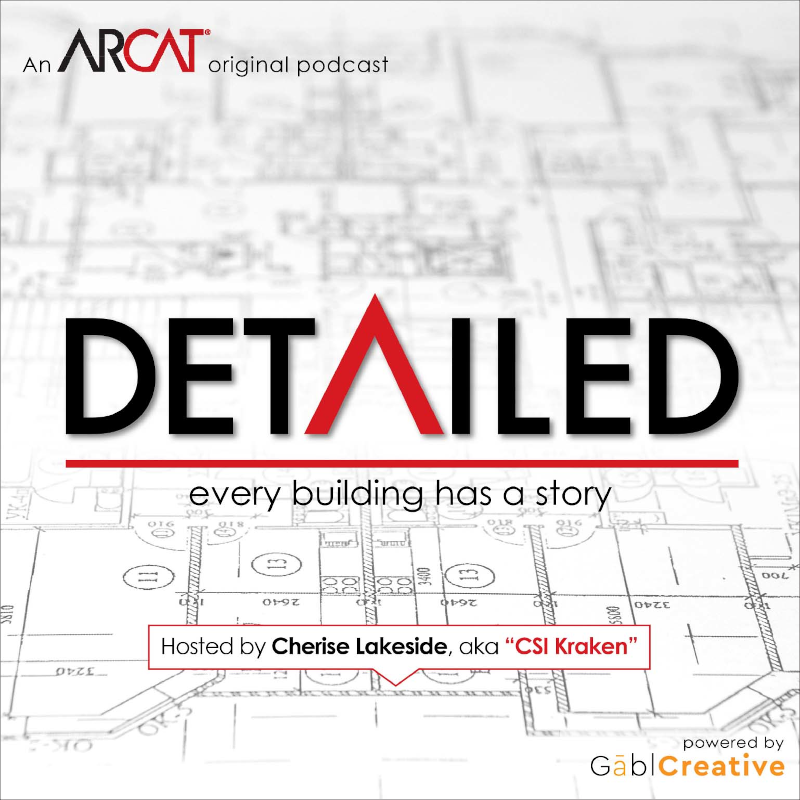|
Contributed by Liz O'Sullivan Some dear relatives-by-marriage of mine hosted us for a Thanksgiving weekend in a warm place one year. For Thanksgiving dinner, in addition to my husband, kids, and me, they invited some friends. Twice during the day Thursday, I asked what time people were coming over. The first time, I didn’t get an answer. The second time, I was told that the turkey should come out of the oven at 5:30, so we’d probably eat at 6:30, and that the guests would come over “whenever we tell them to.” I went for a run, came back to an empty house, and took a shower. So at 5:00, I was in the kitchen slicing crudités, in strange comfy clothes, with wet hair half up on my head, and wearing no mascara. My husband was still at the beach with the children, one of the hosts was on the lanai, smoking and still wearing golf clothes, and the other was in the shower… … and the guests walked in. They’d been told several days earlier to arrive at 5:00 on Thanksgiving. They could tell that we weren’t ready, and they appeared to be quite uncomfortable. Of the 6 adults involved in dinner, only half of us seemed to be bothered by this mixup, failure-to-communicate, lack-of-modification-of-original-instructions, whatever it was. Surely an unusual situation, right? And those of us who were unsettled should maybe just lighten up? Well, no. One story, two messages: The first message: This kind of thing happens ALL THE TIME in construction communications, and in… well, let’s put my personal life aside. It shouldn’t be happening. Construction documents must communicate clearly. Sometimes, the Instructions to Bidders document will list one time, date, or location for the bid opening, and another procurement document will indicate another. (Oh, well, it was a typo, no big deal, right? WRONG! These are legal documents! Seemingly tiny conflicts like this could cause a project to have to be bid all over again, or worse! Architects or Owners must check for consistency before issuing documents like this!) Sometimes, General Notes on the drawings might indicate different window treatments than the rest of the drawings and the specifications show. (Oh, but we talked to the Construction-Manager-as-Contractor about the roller shades; he knows we don’t want those horizontal blinds that the General Notes mention, so it’s ok to just leave that note, right? Noooooooo! Of course it’s not! It’s not ok to knowingly issue documents with conflicts in them! How are the bidding subcontractors supposed to know what the design team wants? What if they only see the General Notes, and not the drawing notes where what is actually desired is called out? Architects must make sure General Notes on the drawings are relevant and correct.)
Sometimes, drawings will call out storefront, but the specs have a section for curtain wall instead. (But the bidders will figure it out, right? NO!!! Storefront and curtain wall are different things. Architects have to make the documents clear, so as not to waste the bidders’ time, and their own time, during bidding, answering the inevitable question. Architects must ensure that the drawings and the specs are coordinated.) The entity who is responsible for sending out communications needs to communicate clearly, completely, unambiguously, and in a way that the entity who is receiving the communications can understand. The communicator is responsible for getting the message across. The dinner guests were not able to divine that, although they had been told to arrive at 5, they should actually show up an hour later, because the host got distracted by family fun at the beach, changed her mind about what time she wanted to receive guests, and failed to tell them to come later than previously indicated. Bidders, or the constructor, will not be able to know what’s in the sketches or project notebook on the architect’s desk at the office, or what conversations the architect had with the owner two months ago. All that the bidders have to go by is the construction documents. These have to tell the whole story. This is not just to be nice. This is the architect’s legal duty to the owner. Yes, bidders have to look at the entire set of contract documents, but if a window treatment sub is getting a whole story by looking at just part of the documents, he’ll save himself some time, and stop after reading those General Notes. In the case above, he may have gotten the wrong whole story, because of the architect’s failure to communicate correctly. The second message: If you, the architect, can’t get it right for the sake of getting it right, remember the guests, er… bidders. Think about how they’ll feel while trying to solve the mysteries of what you were thinking when you drew something that directly conflicted with other documents. Keep in mind that if you make them feel uncomfortable, or if you cause them to waste precious time during bidding, they will remember you for it! The whole point of dining etiquette is not about using the right fork – it’s about making sure guests are at ease. We have commonly-accepted guidelines about using the correct silverware so that we are starting on the same page, as much as possible, and so that it’ll be easier for everyone to be comfortable, and have a good time. Do this construction communication thing right: Issue clear, complete, concise, and correct construction documents, and make everyone comfortable. Bidding will go more smoothly, construction will go more smoothly, and your “guests” will be happy to be invited the next time. __________________________________________________________________________________ This post originally appeared on Liz O'Sullivan's website as "A Holiday Tale About [Construction] Communication"
2 Comments
Roy Schauffele
11/19/2019 07:35:28 am
Fantastic article and dead on!
Reply
11/19/2019 11:07:52 am
This brought a smile to my face, and memories of old, happy, yet frustratingly chaotic, holidays to my mind. Thanks for reposting!
Reply
Leave a Reply. |
AboutLet's Fix Construction is an avenue to offer creative solutions, separate myths from facts and erase misconceptions about the architecture, engineering and construction (AEC) industry. Check out Cherise's latest podcast
Get blog post notifications hereArchives
March 2022
Categories
All
|


 RSS Feed
RSS Feed
